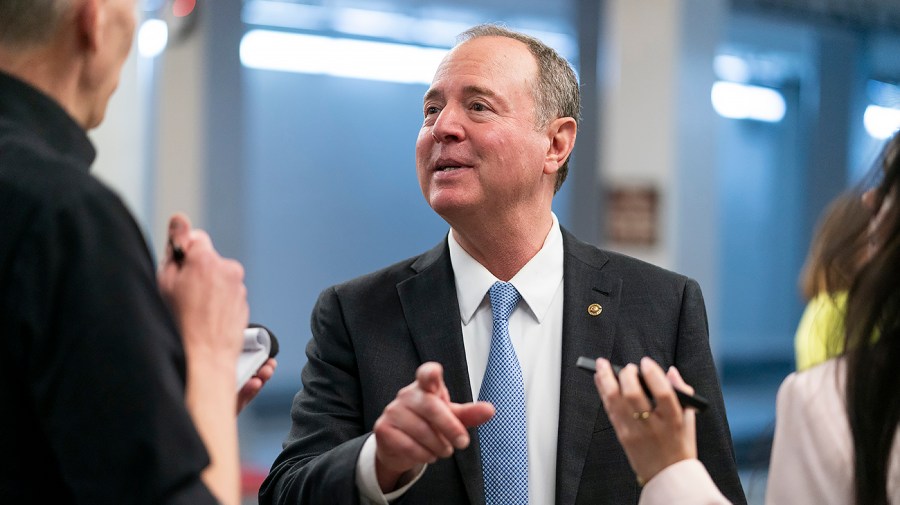
Since the dollar is not rising as much as it used to, it is understandable that so many Americans feel as if they are struggling to make ends meet.
In its 2025 Financial Wellness in the Workplace ReportPNC (one of the largest diversified financial services institutions in the US) found that 68 percent of employees are stressed about their finances and 67 percent are living paycheck to paycheck.
And while private sector salaries have increased slightly 3.5 percent From June 2024 to June 2025, Groceries have increased by 26 percenthousing costs have increased 46 percent at national level And energy prices There has been an increase year after year.
Simply put, the salary is not enough to cover everyday costs.
Recruitment for 5 jobs in America
- Great Lakes Policy Fellow, National Parks Conservation Association, Washington
- Police Crime Analyst, City of Danville, VA, Danville
- Senior State Relations Specialist – Government, American Honda Motor Company, Inc., Washington
- Manager/Senior Manager, Government Affairs, The Rare Disease Company Coalition, Washington
- Pricing Analyst, ECLARO, Lawrence
Pay attention to the financial well-being gap
While you might think that employees are looking for ways to boost their finances through investing or taking on extra work, they’re actually looking to their employers for help in making their bank balances more financially sound.
According to separate data compiled by Bank of America for its 15th annual workplace benefits reportThe number of workers turning to their employer to get guidance on long-term financial planning is set to double from 13 percent in 2023 to 26 percent in 2025.
Based on nationwide surveys of nearly 1,000 employees and 800 employers, the 15th annual Workplace Benefits Report explores employees’ financial well-being and retirement preparedness, the state of workplace benefits and more.
It found that employees say they need financial wellness resources, including retirement education and planning (36%), learning how to generate income in retirement (33%), and developing good financial skills and habits (33%).
Emergency savings are also a big area of concern, with 53 percent of workers sharing that they have not yet met their emergency savings goal, citing living from paycheck to paycheck as the main barrier to saving more each month.
Additionally, personal loans are preventing workers from saving for tough days. 85 percent have some type of personal debt, 58 percent have credit card debt exclusively, 50 percent have credit card debt.
When it comes to retirement goals, 67 percent feel confident they are on track with their retirement plans.
What can employers do to help
While some employers may think that paying someone’s salary and health insurance is enough, other employers know that financial well-being – or the lack thereof – can have a direct impact on the functioning of the business.
A Bank of America study found that 80 percent of employers acknowledged that financial wellness resources increase job satisfaction, productivity and help attract top talent.
They can also help retain women in the workplace. A recent study by Principal Foundation found that young women felt more anxious and less confident discussing money than their male counterparts.
Additionally, a different Survey by Laurel Road found that 65 percent of women cited personal finance as their top source of stress and anxiety.
However, only 54 percent of large businesses provide financial wellness assistance, compared to only 32 percent of small companies.
“Some companies are evolving their financial benefits to meet the needs of their employees, while others are focusing solely on traditional benefits — like retirement plans and health insurance,” says Kai Walker, head of retirement research and insights at Bank of America.
“Financial wellness programs, equity awards, loan assistance, caregiver support can all help attract and retain top talent.”
It’s a sentiment expressed by Lorna Sabia, head of workplace benefits at Bank of America.
“Modern employees want help with their broader financial goals. Employers should consider additional resources to support their workforce in a way that promotes their long-term goals while also helping them navigate short-term challenges.”










